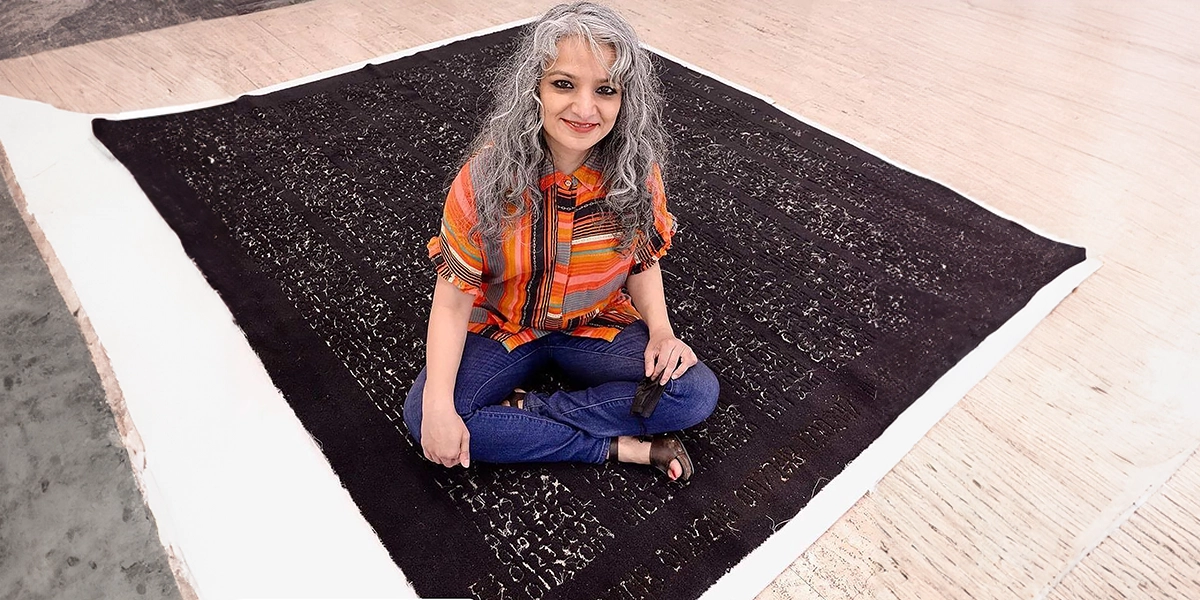Michael Beashel Weaves History, Humanity And Architecture Into The Australian Sandstone Series

PHOTO: Michael Beashel, author of the Australian Sandstone Series, blends construction expertise with historical storytelling to capture Sydney’s past.
Bringing 19th-Century Sydney To Life With Passion And Precision
Michael Beashel draws on his construction career and love for history to craft compelling tales of 19th-century Sydney in his Australian Sandstone Series.
Michael Beashel has crafted a literary legacy rooted in both history and humanity. Drawing from decades in the construction industry—restoring iconic landmarks and managing projects across Southeast Asia—he brings an insider’s understanding of architecture, craftsmanship, and the people who shape a city. His acclaimed Australian Sandstone Series, now ten novels strong, blends meticulous research with richly drawn characters, capturing the grit and grandeur of Australia’s formative years. In this interview, Beashel reflects on the inspirations behind his work, the enduring themes that bind past and present, and the passion that drives him to weave history into unforgettable storytelling.
Your career in the building industry runs deep—from restoring Sydney icons like Customs House and Town Hall to developing major projects across Southeast Asia. How did your professional experiences shape the architecture and authenticity within the Australian Sandstone Series?
In the 1960s and early 1970s much of Sydney’s 19th-century built architecture was demolished. This had an impact on me as there were few three-dimensional structures left to indicate that period. It has only been over the last 25 to 30 years that 19th-century Sydney buildings have been respected to be assessed and kept or modified for reuse. The 19th-century has always fascinated me with the massive impact of the gold rushes and consequent immigration and the need for housing to accommodate new immigrants. And the scale of 19th-century buildings was limited by the technology of the time and manifested itself generally to three to four story buildings. In Succession the third book of the series, I have put forward a 16 story steel framed building which would have been revolutionary for the period but not an impossibility. In my early career multi-story buildings were very familiar to me.
Additionally, and importantly, the early 1970s saw the advent of the professional builder, later defined as a project manager. Up to that time most construction senior men came through the trades to foreman and senior supervisors. The 1970s brought in the Building University graduate. Being on the transition of this great change brought some real challenges and some employers did not know how to react to the ‘professional builder. When they did, their opinion wasn’t seldom benevolent. I was fortunate during my six year part-time degree course of starting at the bottom as a labourer and building cadet on sites and there began to understand the construction worker’s perspective of his job and of his life.
The protagonist John Leary traverses Sydney from 1850 through to its grand expansion in Succession—a time of love, ambition, rivalry and tragic loss. What moment in his journey do you consider the emotional heart of the trilogy, and why?
For me it is in the second book Unshackled. When Leary first came to New South Wales his ambition drove him and in the early part of the second book he became addicted to it. It was only the savage loss that he experienced that brought maturity to him and he recognised what were the real things in life. The third book Succession Leary is a 55-year-old man, who has lost that directness and arrogance that he had in his youth. Yet he still presents as a forceful figure.
Your series now spans ten novels—with Tenacity Prevails as your most recent. Can you share what motivated this latest instalment, and how it continues or expands the saga of life in 19thcentury New South Wales?
All the 10 books feature the main Leary family or its relatives and close friends. I wanted to use stories of the close friends to highlight that interrelationship between both family member and best friend, their individual lives and their struggles both emotionally and otherwise. Tenacity Prevails also, I hope, rounds off the Hawkesbury River story of Deirdre Walsh who most readers will know and who would wish her to find some happiness. Tenacity Prevails also has high drama and again it is the protagonist’s reaction to that and how that informs his future actions and views. There are two more projects in which I am deeply committed which will be two more books in The Australian Sandstone Series. And there are the novellas Death on The Rocks and Sunlight Over shadow, the latter being a background to Unbound Justice, the first book
Many readers note the vivid realism of your stories reflects meticulous historical research. Could you walk us through your research process and how you weave real events into fictional lives?
Yes, it’s a good question. I have a passion for Sydney and include in my sources of reference the Mitchell library, Trove and the Canberra National archives. One can get involved in just the research and all the gems that it uncovers for you. The writing is still needed though and that is my work as well. All historical authority figures and places are accurate. Even the calendar of the year when the novel is placed. So, it’s a little bit like a history lesson but that history is a pallet on which I try to tell a good story. From the reaction of many of my readers I am grateful that they enjoy the reads especially the emotional relationships and the depths of the characters.
Growing up in Sydney with Irish immigrant roots and later working extensively in construction—you’ve built bridges across worlds. How have these personal and cultural influences shaped the characters and moral themes in your books?
There is a common theme in all the books and that’s humanity. Irrespective of the wealth one acquires or the fame, it matters little as we all have the same challenges and issues that confront us. Be they a difficult husband or partner, a challenging child, nosey neighbour, overbearing boss or struggling on an income. And it matters little whether it’s in the 19th or 21st century. So, the experience I gained working overseas highlighted that the emotional challenges and relationships transcend any cultural background. Finally, witnessing the various types of labour used to construct modern buildings varied enormously between Southeast Asia and Australia at the time. That was a sobering perspective of understanding differences.
Looking back on your international bestselling success with Unbound Justice, and the saga that followed—what would you say has been the most surprising, proud, or memorable highlight of your writing career so far?
At the present time, there is a tendency to underplay or in fact we do not mention the incredible sacrifice and courage of the Europeans who settled in Australia. It is a given that the past has some dark patches and this is acknowledged. In my books of the period, I am sympathetic and respectful to the indigenous and first Australians and yet I write about their relationship with the white settler as it had happened in the 19th century. I believe, we cannot look at history through the lens of a 21st– century microscope rather, and better, to validate the primary sources and record them. However, the human spirit of achievement and wanting to get ahead is a theme that I bring forward in my stories. I have a following with my American readers who can relate to the pioneering spirit of early the European settlers in both lands. I am very much humbled by the comments that readers make about having enjoyed my work. And that is my greatest ambition in my writing is to entertain. History books are everywhere and yet a good story is still a challenge to tell.













